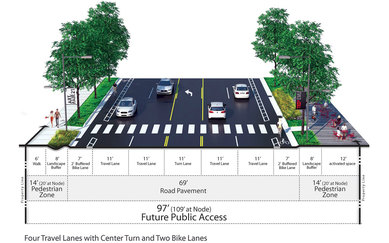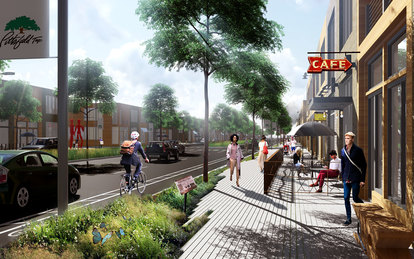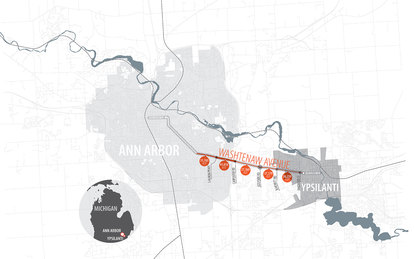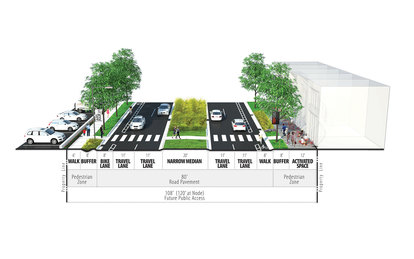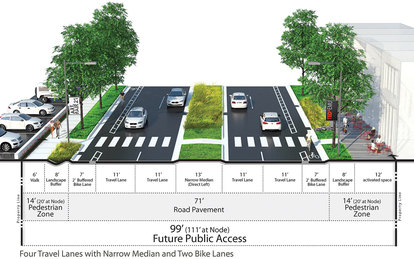ReImagine Washtenaw Corridor Plan
Transformation is in the air for the Washtenaw Avenue corridor, as Washtenaw County, in coordination with the City of Ann Arbor, Pittsfield Township, Ypsilanti Township, and the City of Ypsilanti, takes steps to create a plan that makes the corridor more accessible for all types of commuters and users.
Client
Washtenaw County
Location
Washtenaw County, Michigan
Markets/Services
Active Transportation & Mobility, Civic, Civil Engineering, Community & Regional Plans, Landscape Architecture, Mobility, Urban Design, Urban Environments, Urban Planning
Size
5-mile corridor
Washtenaw Avenue is the primary transportation corridor linking the region’s job and education centers, the City of Ann Arbor and the City of Ypsilanti. However, the five-mile, five-lane stretch is a chaotic, heavily trafficked road that is dominated by 12,000 to 18,000 vehicles a day. The route proves even more difficult for non-motorized travelers. Though a bike lane exists, it was sparsely being used due to safety concerns from cyclists.
Washtenaw County, along with the City of Ann Arbor, Pittsfield Township, Ypsilanti Township, and the City of Ypsilanti, was aware of Washtenaw Avenue’s problems. They all recognized that the corridor could change if smart growth, transit-oriented development (TOD), and complete street principles were applied and integrated into its design.
ReImagine Washetaw was the result of this multijurisdictional effort, a forward-looking plan that outlines the next steps towards realizing a reimagined corridor. The plan embraces a complete-street approach to enhance the pedestrian, non-motorized, and transit experience. A collaborative committee representing each of the four communities engaged in a process to identify future road cross-sections, nodes of proposed revitalization, and enhanced transit “super-stop” locations as part of the proposed corridor improvements. Our team worked with the communities to evaluate options for a road diet, narrow and wide boulevards, continuous buffered bicycle lanes, and dedicated transit service. Individually, each community evaluated adjacent land use policies that would provide the foundation for economic redevelopment.
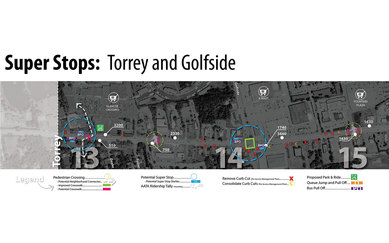
Identifying where changes in land use and the pedestrian environment could best enhance the quality of the road corridor, the plan recommends tactics such as widening the sidewalks, reducing speed, and removing lanes, taking the corridor from 5 to 3 lanes where feasible.
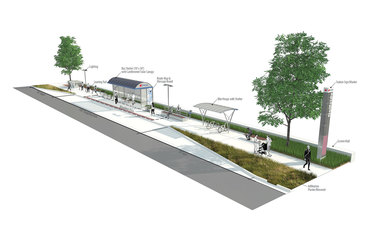
A bus stop prototype further enhances the public transport commuter experience by providing different types of seating, bigger bus shelters, cell phone chargers, and ample shade.
Reimagining the Washtenaw Avenue corridor as a place that works just as much for non-motorized travelers as other users, this transportation plan transforms an arterial roadway into a destination that embraces pedestrians and promotes new economic development.
